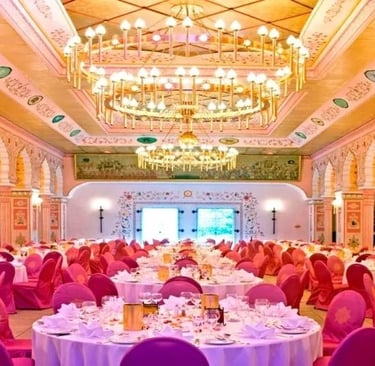The Art of Blending Architecture and Engineering in Modern Construction
8/6/20252 min read


Introduction
In the realm of modern construction, the synergy between architecture and engineering has become a pivotal element that defines the success of building projects. The art of blending these two disciplines not only enhances aesthetics but also ensures functionality, sustainability, and safety. As we progress into an era marked by rapid technological advancement and design innovation, understanding this delicate interplay is essential for architects, engineers, and stakeholders involved in the construction industry.
The Role of Architecture in Construction
Architecture serves as the backbone of any construction project. It encompasses the vision and creativity that shape the initial design concepts. An architect's understanding of space, form, and human experience leads to structures that not only fulfill their intended purpose but also evoke emotional responses. Effective architecture considers context, environment, and cultural influence, ultimately dictating how a building interacts with its surroundings and its inhabitants.
Engineering: The Practicality Behind Design
While architecture lays the groundwork for innovative design, engineering steps in to bring these visions to life. Structural, mechanical, and civil engineers collaborate closely with architects to ensure that every design is practical, safe, and sustainable. For instance, through the use of advanced modeling techniques and simulations, engineers can assess how buildings withstand forces such as wind and seismic activity. This meticulous attention to detail not only safeguards the structural integrity but also leads to more efficient and environmentally friendly construction practices.
The Fusion of Innovation and Tradition
The marriage of architecture and engineering in modern construction is redefining traditional boundaries. With the integration of smart technologies and sustainable materials, designers can now create structures that respond dynamically to their environment. For example, buildings equipped with smart sensors can regulate energy consumption and improve indoor climate control, showcasing how engineering advancements can elevate architectural design.
This fusion is also evident in the rise of prefabrication and modular construction methods, where both disciplines collaborate to maximize efficiency and reduce waste. These innovative techniques enable quicker project completion and elevate the potential for creativity, as architects experiment with new forms and materials and engineers fine-tune the practical aspects.
Conclusion
The art of blending architecture and engineering in modern construction is a complex yet rewarding endeavor. By embracing collaboration and leveraging technology, professionals can create structures that are not only visually stunning but also meet the ever-evolving needs of society. As we continue to explore this dynamic relationship, the future of construction holds exciting possibilities, driven by the harmonious integration of artistic vision and technical expertise.


